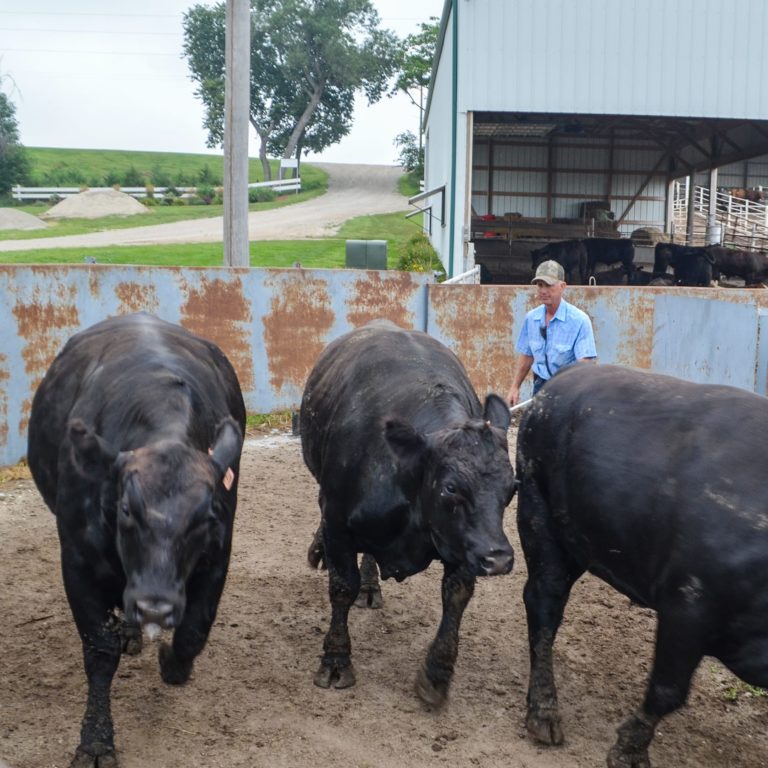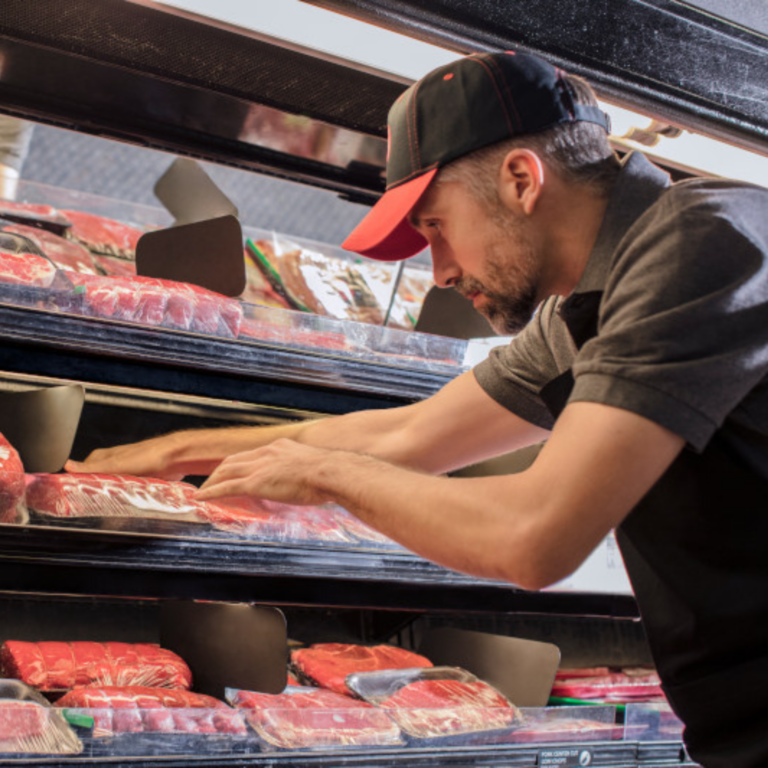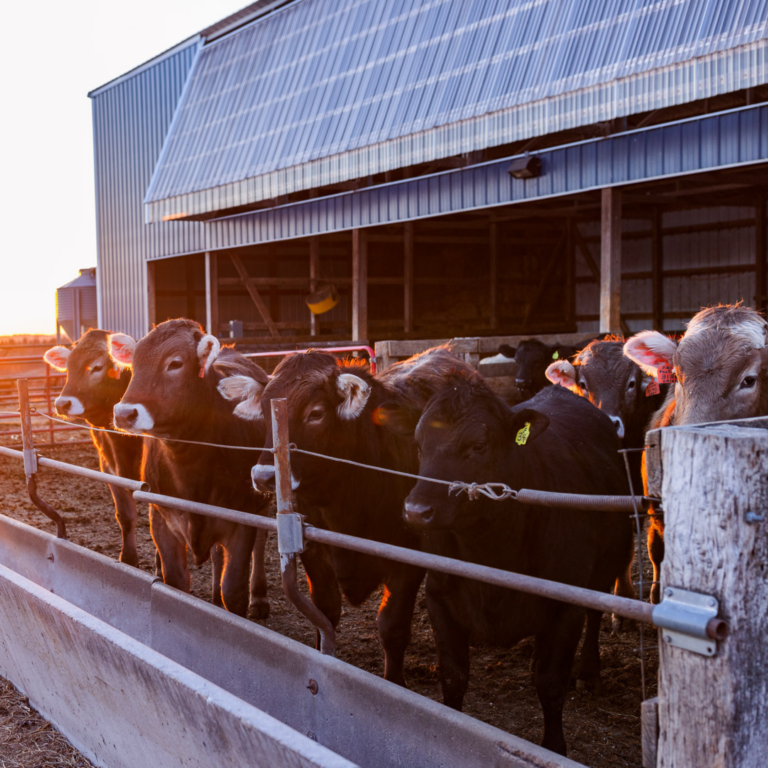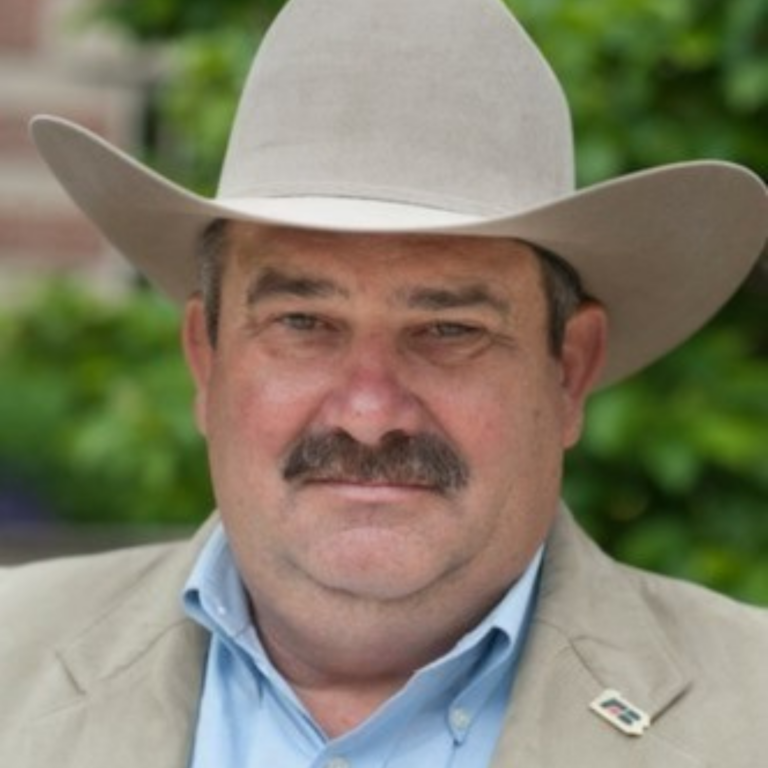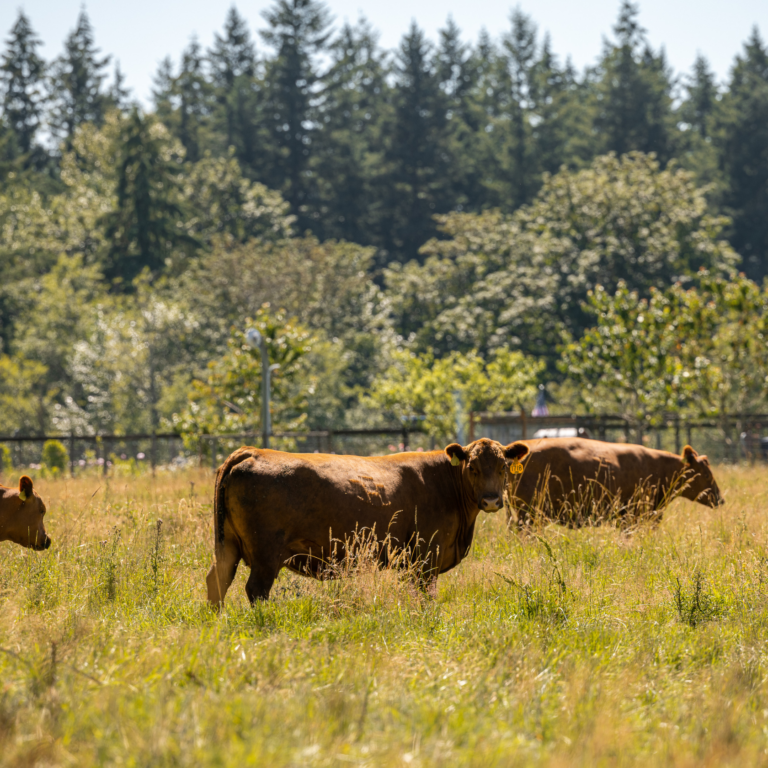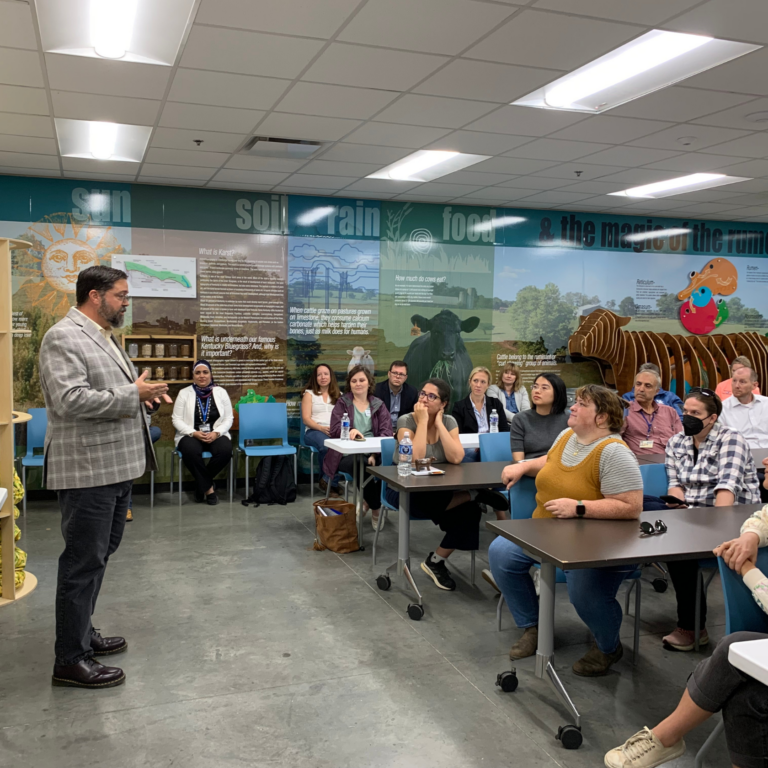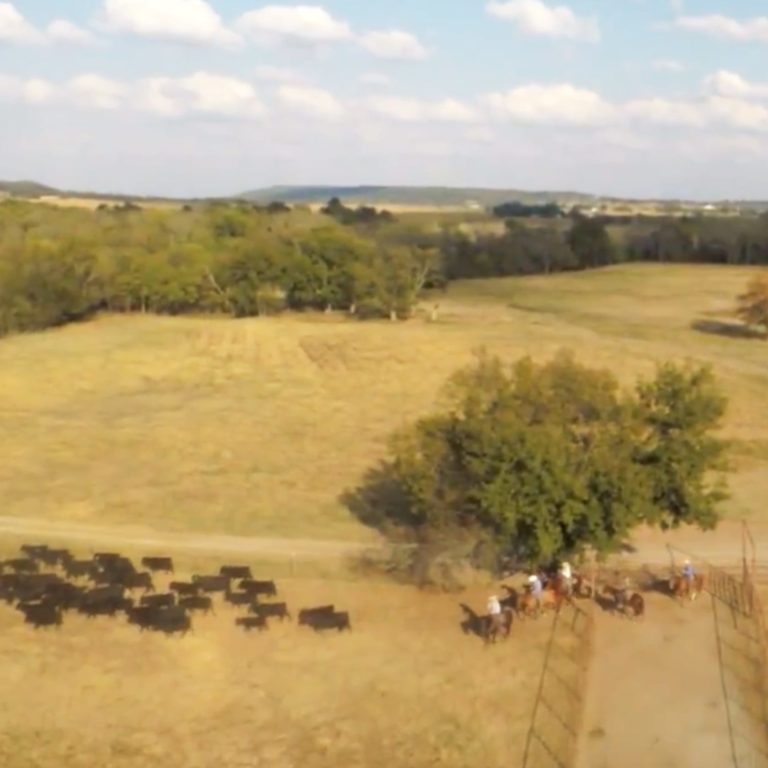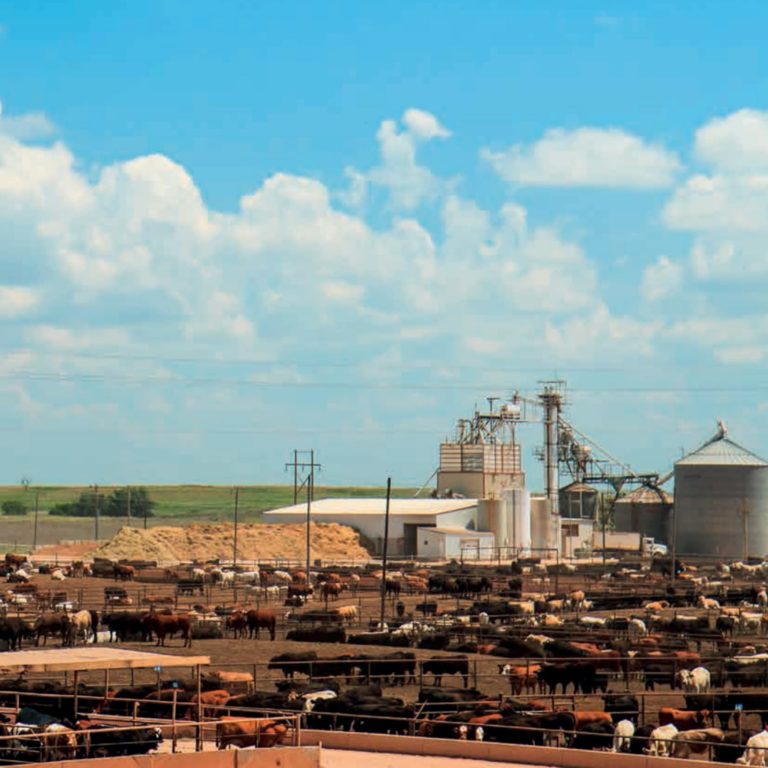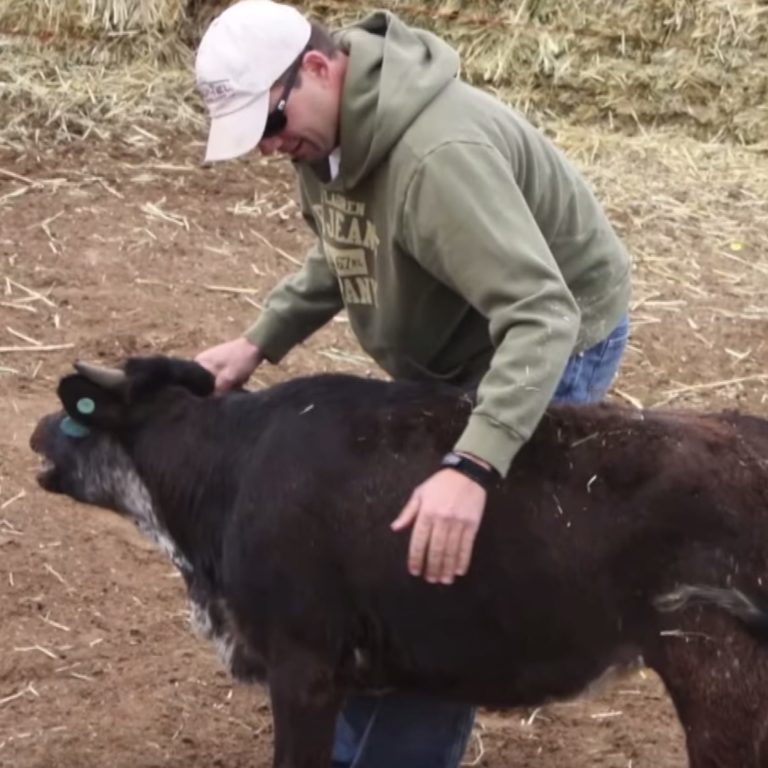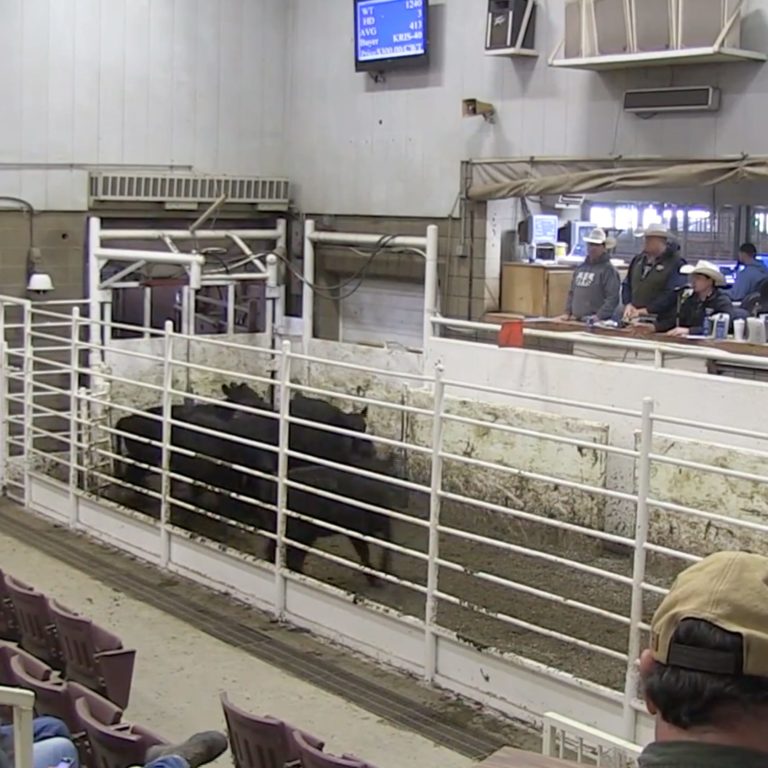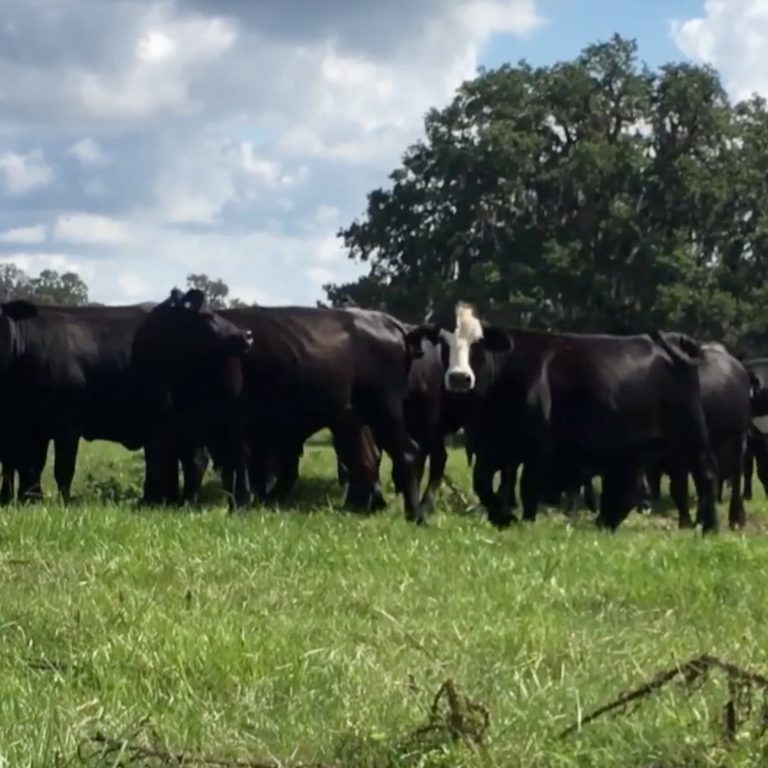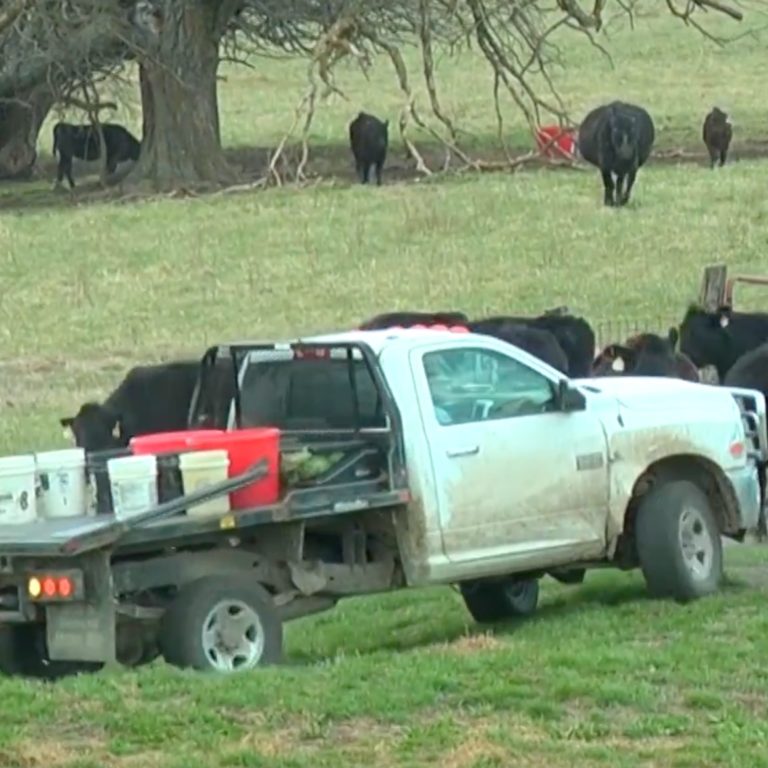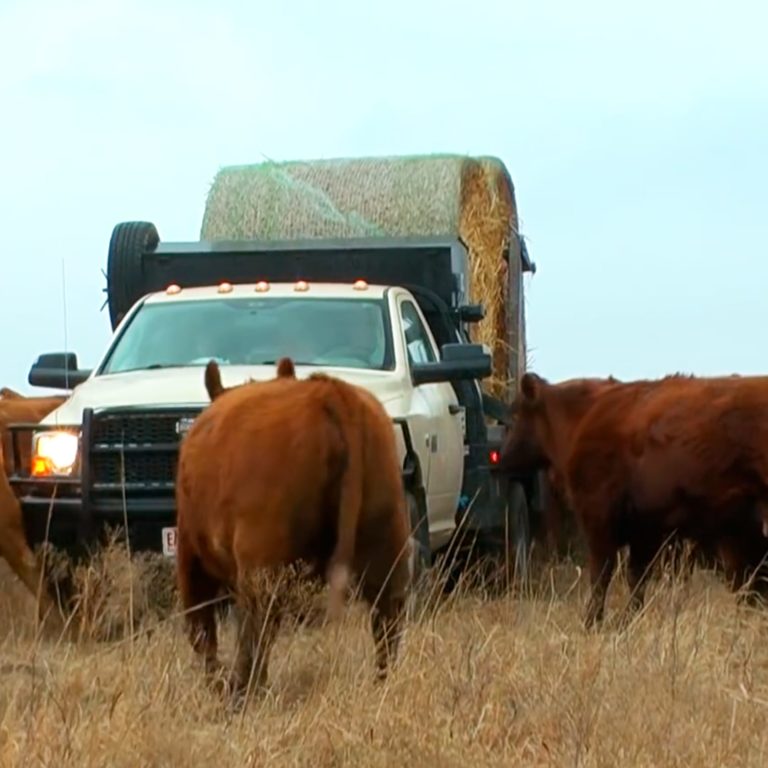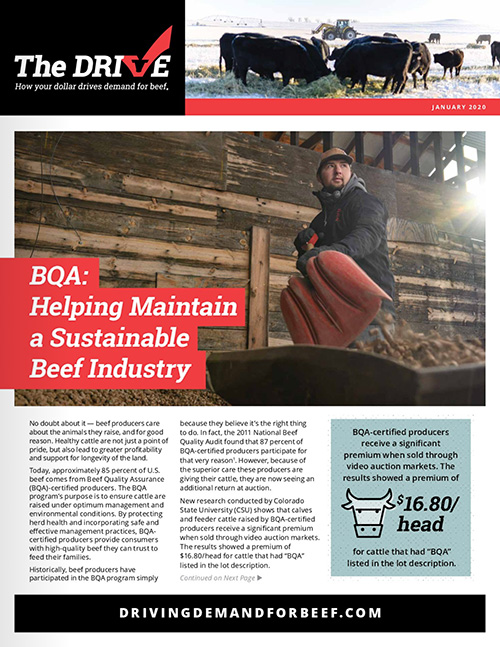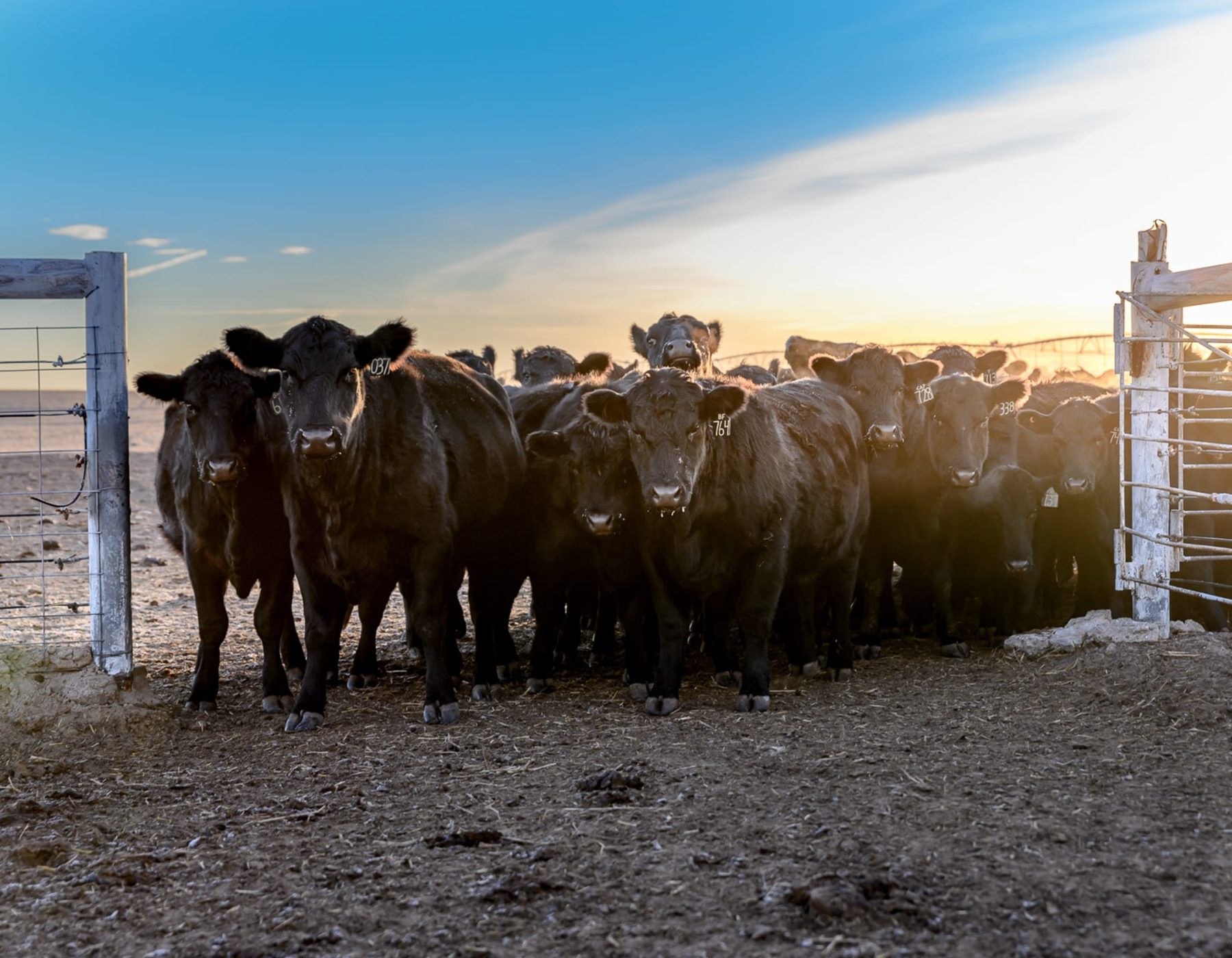
The Antibiotic Resistance Paradox
Antibiotic resistance is directly related to how frequently we use them. However, as an industry, we cannot stop using antibiotics – they are extremely important. This is called the antibiotic resistance paradox. This topic is important to consumers, which encourages the beef community to be up-front and transparent about the science behind using antibiotics in beef production, as well as good husbandry efforts on farms and ranches. Your Beef Checkoff recently sponsored the National Institute for Animal Agriculture’s (NIAA) 8th Annual Antibiotic Symposium where all sectors of the animal food production industry and partners in public human health continued the dialogue around the new and developing science of antibiotic use.
“Animal agriculture is clearly making progress in addressing antibiotic usage in the industry and providing key leadership around resistance from a One Health perspective,” said Dr. Nevil Speer, NIAA board chair and this year’s symposium forum moderator. “With respect to leadership, the need for open communication continues to exist to ensure that all stakeholders of the resistance issue are talking with one another. The symposium is one of the most important components of ensuring that occurs – especially given the cooperation with CDC [Center for Disease Control]. There continues to be a significant need for communication focused towards the general public around antimicrobial resistance. This may be more important than ever!”
“We have a responsibility of judicious antibiotic usage, but also, we have a responsibility to treat animals if they’re sick, just as physicians have a responsibility to treat children and adults when they become sick with a bacterial infection,” said Bob Smith, DVM with Veterinary Research and Consulting Services, LLC, a seven-veterinarian practice group that provides service to feedlot clients in nine states. “Whereas antibiotics are the foundation of medicine, agriculture and the food security, it provides the foundation of civilization itself.”
During the Antibiotic Symposium, Joan Ruskamp, chair of the Cattlemen’s Beef Board, addressed how producers are adapting and responding to the changes in the marketplace and continuing to provide a wholesome and abundant food supply. “We are able to use less to do more because of technology. On our farm, we have antibiotic protocols in place and only use those with four- to 10-day withdraw times. The work environment on our farm is ‘do the right thing’ to produce our food. By taking care of our animals, we are taking care of people because we are providing food and helping people thrive. We need to take every chance we have to communicate this to consumers.”
The Beef Checkoff program was established as part of the 1985 Farm Bill. The checkoff assesses $1 per head on the sale of live domestic and imported cattle, in addition to a comparable assessment on imported beef and beef products. States may retain up to 50 cents on the dollar and forward the other 50 cents per head to the Cattlemen’s Beef Promotion and Research Board, which administers the national checkoff program, subject to USDA approval.





